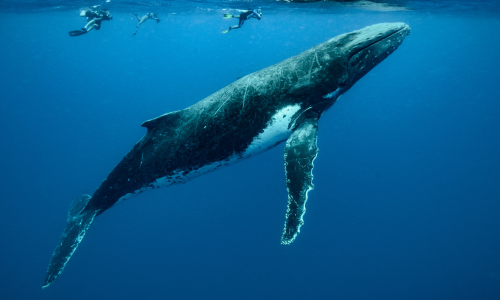Diving into the deep blue to come face-to-face with sharks is an experience that tops the bucket list of many adventurous souls. These magnificent creatures, often misunderstood and misrepresented, play a crucial role in maintaining the health of our oceans. Witnessing them in their natural habitat offers not only an adrenaline rush but also a deeper appreciation for marine life. Let’s explore some of the world’s best spots for unforgettable shark encounters.
The Great Barrier Reef, Australia
Home to more than 1,500 species of fish, the Great Barrier Reef is a paradise for divers. Among its most thrilling inhabitants are the gentle giants – the whale sharks. Swimming alongside these colossal yet harmless creatures is nothing short of magical. The reef also offers encounters with reef sharks, known for their curiosity towards divers.
The Galápagos Islands, Ecuador
The remote and pristine waters of the Galápagos Islands serve as a sanctuary for a diverse array of marine life, including several species of sharks. Hammerhead sharks, in particular, are a common sight here. Schools of these uniquely shaped predators can be seen gliding through the currents, offering a spectacle that is both awe-inspiring and humbling.
South Africa’s Shark Alley
For those seeking a heart-pounding experience, Shark Alley in South Africa is the place to be. Renowned for its great white shark cage diving, this destination provides an up-close and personal encounter with one of the ocean’s most formidable predators. The safety of the cage allows divers of all levels to witness the power and grace of these sharks in their natural environment.
The Bahamas: A Shark Diver’s Paradise
The clear turquoise waters of The Bahamas are a haven for shark enthusiasts. From the docile nurse sharks that are comfortable enough to pet, to the swift and sleek blacktip sharks, the variety is astounding. Tiger Beach, in particular, is famous for its namesake: tiger sharks. Diving here offers a chance to see these majestic creatures up close, in all their striped glory.
Conservation Through Understanding
While the thrill of diving with sharks is undeniable, it’s important to remember that these encounters serve a greater purpose. They foster a connection between humans and the marine ecosystem, highlighting the need for conservation efforts. Sharks, often portrayed as villains, are essential for the health of our oceans. By experiencing their beauty firsthand, divers become advocates for their protection.
Embarking on a journey to dive with sharks around the world is not just about seeking thrills; it’s about gaining a deeper understanding and appreciation for these magnificent creatures and the ecosystems they inhabit. Each dive is a step towards dispelling myths and creating a bridge of respect and admiration between humans and the ocean’s most misunderstood inhabitants.…



